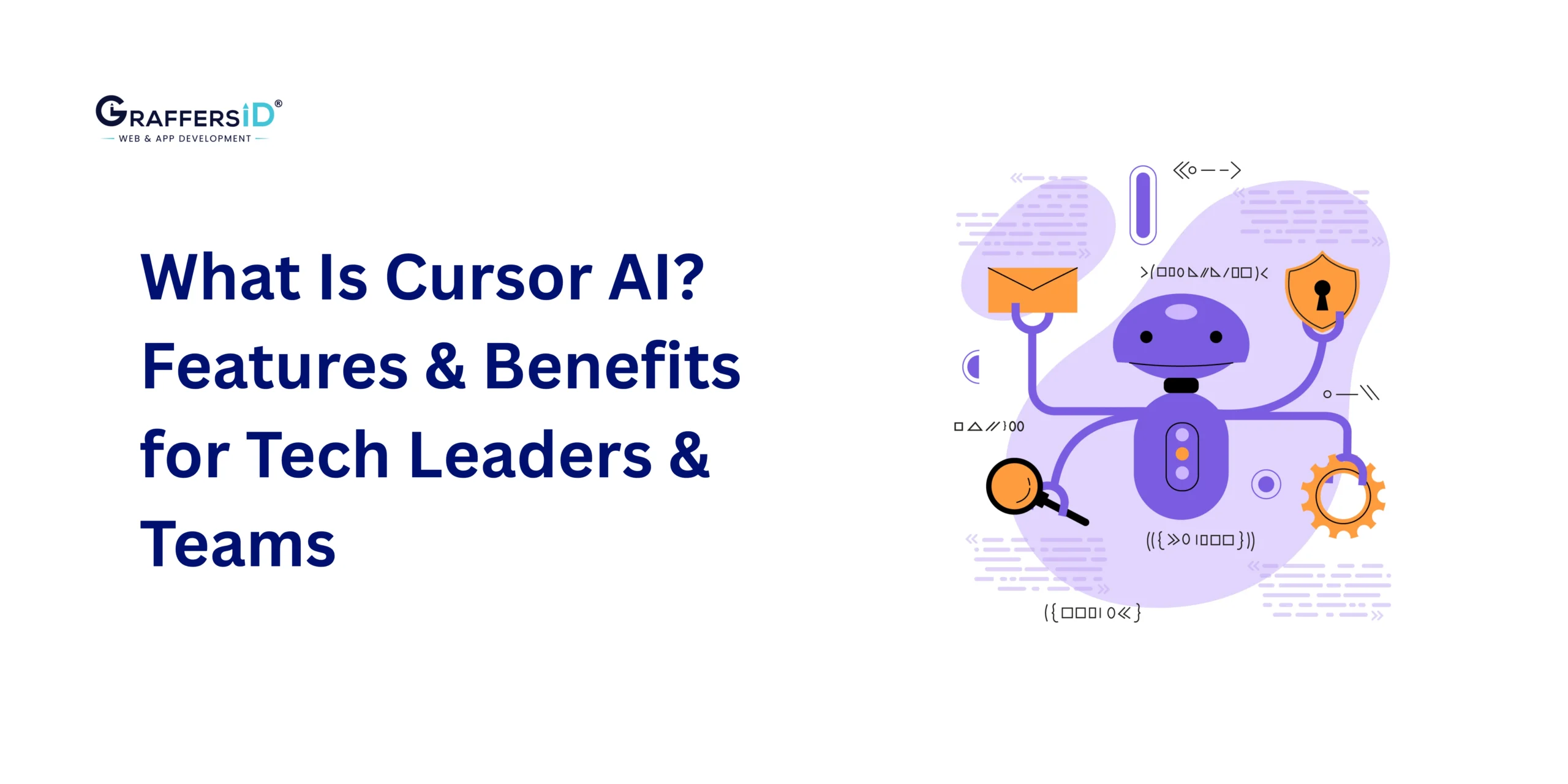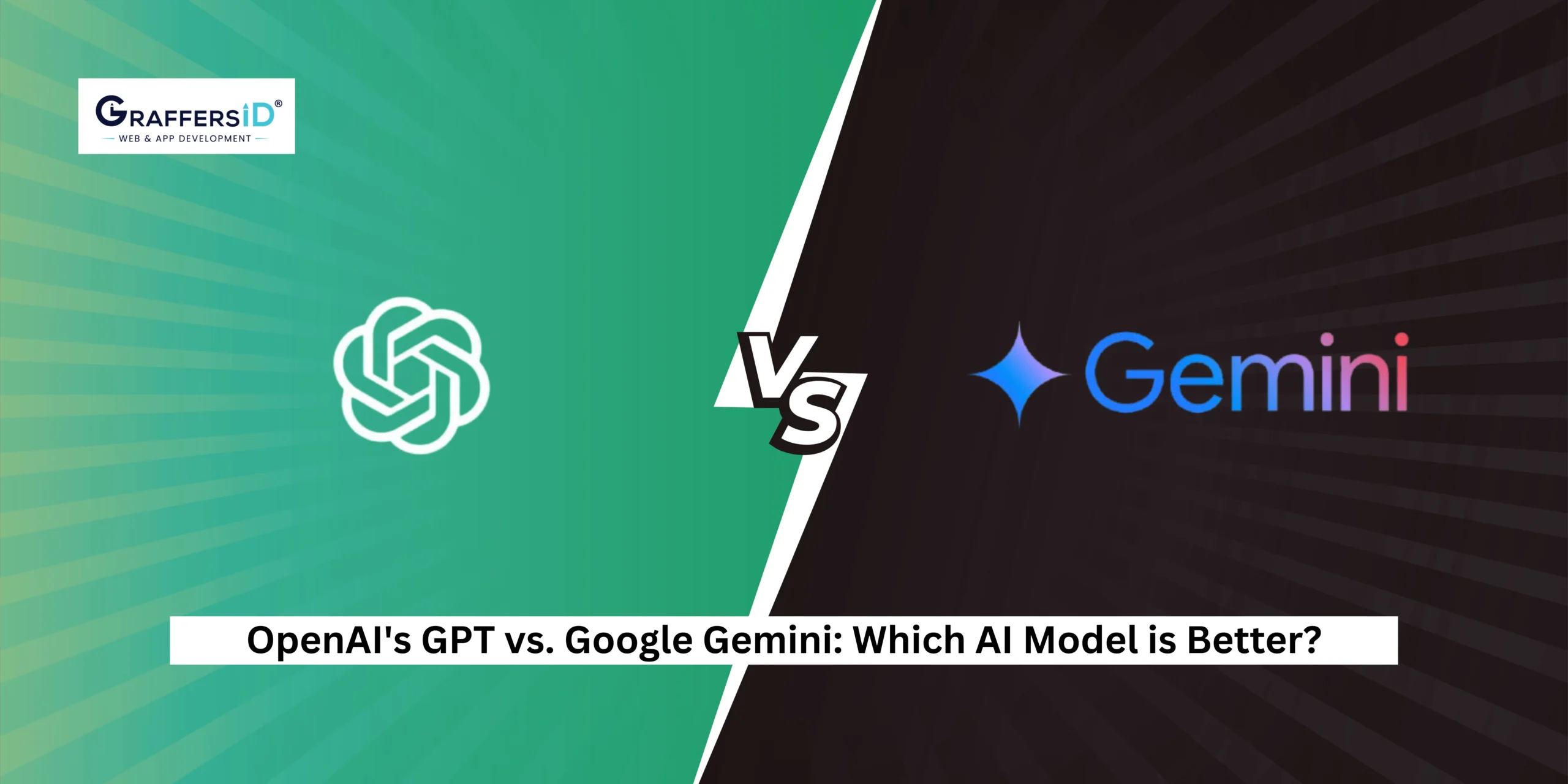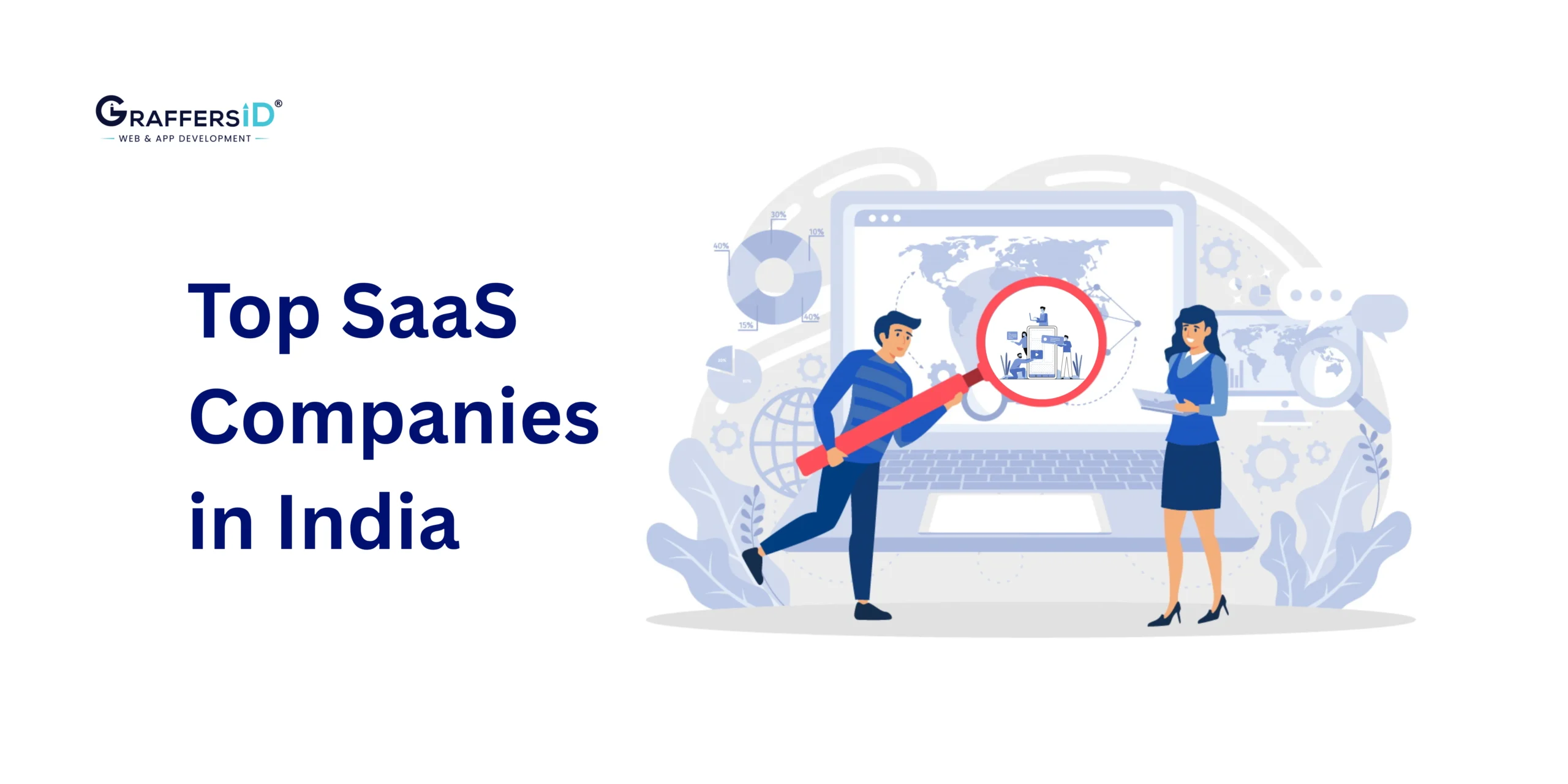According to the stats, 90 percent of people prefer to use the mobile app over a website. Considering these stats, entrepreneurs are coming up with unique software development ideas ( App and Website ) and they want to convert their ideas into reality.
Despite going with full-fledged functional apps at an early stage, it’s better to build an MVP model as it will not only help to get feedback from customers and acquire initial users, but it’s always worth saving hard-earned money and time.
We know that you understand the importance of MVP. That’s the reason you are looking for tips to reduce the custom software development costs of your MVP model.
And this article will definitely help you.
Let’s have an overview of
What is an MVP?
Minimum Viable Product is a version of a software product that is launched with essential features to validate from users and receive feedback from them. Based on the feedback, entrepreneurs decide whether the app is worth investing or not. Launching MVP at an early stage with minimum essential features can be cost-efficient and time-saving.
Ever wondered how companies like Facebook and Spotify successfully launched MVP?
They didn’t spend much time and money on building unnecessary features. They stuck to essential features to get feedback from customers before proceeding to develop full-fledged apps.
Features That Affect The Cost Of Mobile App:
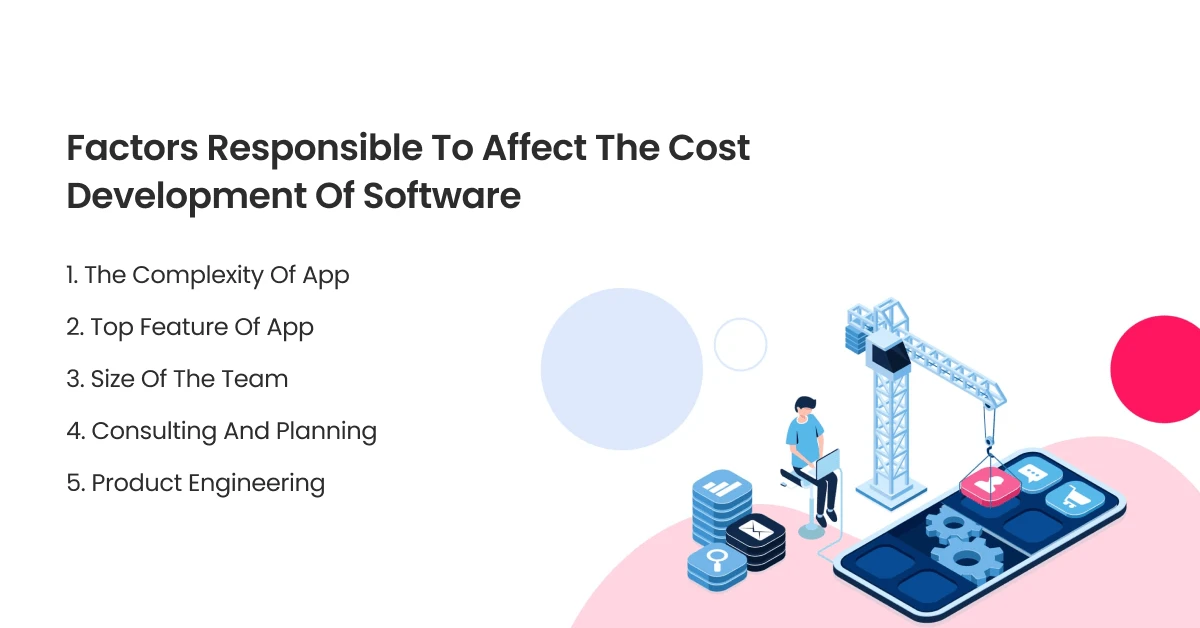
1. The complexity of App
If an IT business company develops a mobile app that is complex, then there would be fewer ways to reduce the cost.
Hence, it’s essential for business owners to pre-define the requirements before getting started with the development process.
External and internal integration also help to determine the complexity of an app. Also, the newness of an app becomes a barrier to reducing the software development cost.
2. Top feature of the App
It’s a simple equation: the more features in an app, the higher its software development cost.
Include the features that you think are important or beneficial for the app. You can prioritize the features based on the user flow. Some features can be basic, while some will require the latest technology.
For example, e-commerce apps involve basic features such as add to cart and payment features, while if you look at apps with advanced tech features like AI and MI, such as Google Assistant and Alexa, you need to add the latest tech features, which will add to the cost.
3. Size of the team
The size of the team can become a roadblock in reducing software development costs. The bigger the team, the higher the development cost. Building an in-house team can cost you more than outsourcing the team.
The cost of MVP development highly depends on the number of developers you have in your software development team. Besides the developers, the expense of designers, testers, and other experts will add more to the cost.
Also, if there’s a lack of communication within the team, it can cause an increase in cost.
Hence, IT business owners must hire the right software developers.
4. Consulting and Planning
Consulting an agency can help you connect with business experts who have worked on similar projects and have 5-10 years of experience. Top software development companies can give you the right assistance and advice in the MVP development process.
Planning and managing MVP development processes is time-consuming, complex, and requires intense research.
Hence, consulting a good software development company can also help you design a complete project plan and will recommend the right technology for development.
If you’re looking for a software development company to ease out your work, then GraffersID is the perfect company to help you with planning development projects and recommending the right technologies and platforms to help your company grow.
5. Product Engineering
A research study was conducted by Failory, which found that 90% of startups or IT business companies fail due to poor product engineering.
Hiring the right domain enterprise is important for product design. They can design and develop existing or new products.
Poor planning can increase the cost of software development. Hence, effective software development planning is important.
Top Ways To Develop MP in a Cost-Effective Way:
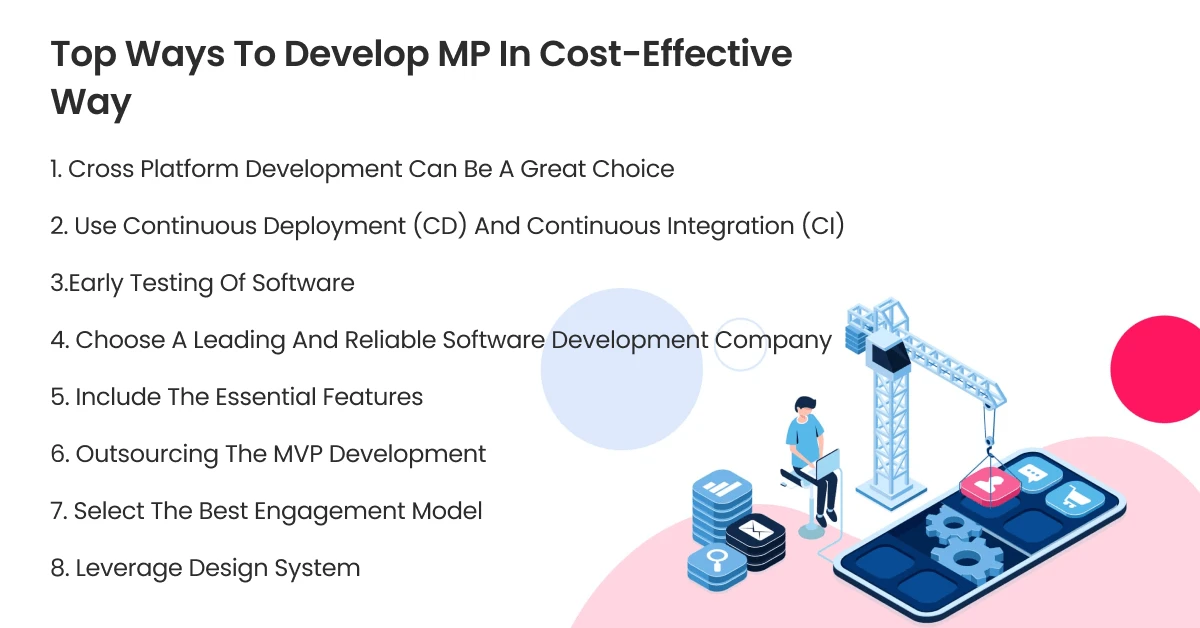
Here are the top ways to develop MVP in a cost-efficient way:
1. Cross-platform development can be a great choice
If you want to expand your company with the least amount of development cost, then cross-platform development works the best.
You can use tools such as Xamarin and React Native to reduce the cost of software development.
These cross-platform tools will work seamlessly on both Android and iOS and will also create different codebases for each operating system.
2. Use Continuous Deployment (CD) and Continuous Integration (CI)
The CD and CI models are best for reducing costs efficiently while maintaining the quality of the product.
The models run two operations simultaneously or at the same time. It includes test code changes and pushes the main codebase into the product.
Often, this model is used to enhance the quality of the product. It also assists developers in finding errors and bugs. There are also rapid code updates, where codes are updated rapidly, which automates the process of testing, deploying, and building the app.
The company can deliver the product at a faster pace when following the standard protocol of the CD/CI process.
When there’s an acceleration in product delivery, then the company can focus on other aspects of its business objectives to increase profitability.
Every company wants to speed up its development process as it ensures enhanced software quality, massive cost reductions, and a speedy and early launch of products.
3. Early Testing of Software
Testing of software helps to detect, fix, and prevent vulnerabilities. Testing your software at early stages helps you to find and fix errors at an early stage, which becomes less expensive than discovering the defects at a later stage.
It reduces the development cost. You can also take the help of your QA team with MVP to enable testing.
Regular testing ensures an improvised software development process. It’s also less time-consuming, which ensures no delays in projects.
Early testing results in the successful delivery of products at a reduced cost of software development.
Know why is a quality assurance tester needed on a software development team
4. Choose a leading and reliable software development company
Choosing a leading and reliable software development company can result in significant savings on MVP development costs.
You can hire highly skilled software developers or developers with good experience from software development companies.
MVP development is a key aspect of custom software development and hiring wise developers for your project can save your budget while ensuring an enhanced quality product.
It’s always good to research a software development company before finalizing.
GraffersID is a multi-award-winning software development company. If you’re looking for highly skilled and experienced developers at affordable pricing, then you can consult GraffersID to hire top-notch developers.
5. Include the essential features
Including all the essential features in MVP can be great for a reduction in development costs.
Listing down all the features based on the analysis and segmenting them is the best way to prioritize while launching the product.
You can segment the essential features based on the features that can deliver true value to your users.
Prioritizing features before launching can also help reduce software development costs while launching the product early in the market.
6. Outsourcing the MVP Development
If you’re looking for an affordable and inexpensive way to develop an MVP, outsourcing to an offshore software development company really helps.
An outsourcing company provides end-to-end development and builds the MVP software for you while you have to pay the developers just their hourly charges.
You pay the developer for what he’s compensated for, or sometimes you can pay one-time hiring fees as well.
7. Select the best engagement model
A) Dedicated Team Development Model
This model is used when you work with your technology partner to increase your team by appointing either full-fledged offshore development centers or hiring a few remote specialists for software development.
If you’re looking for a long-term project, this model works the best.
However, before going with this model, you will have to consider three factors as they can have a direct impact on MVP development.
The first factor is the onshore development model, where you hire developers from nearby locations who are residing in the same country or city. You don’t have to face any communication challenges while working with onshore developers, and you have to pay the minimum wage based on the cost of living in that country.
The second factor is the hybrid development model, also known as a dual development model, which covers both onshore and offshore development.
Here, the operations are performed as per the requirements and the demand. You can keep the resources on your premises for a few weeks, and then they can be transferred back to the basic operation office. The time could be 3 months or more, based on the requirement.
This development model is quite flexible. Onshore involves architecture and design, while offshore involves backend operations. If you have a good budget then you can consider this model.
The third factor is the offshore development model. The offshore development model is ideal for companies with limited resources.
If you have a low budget and don’t want to compromise on the quality of the product, then this is the best model.
However, choosing offshore developers requires research. You will have to find developers for your startup who are updated with the latest technologies and have good experience.
This model is perfect for saving development costs.
B) Time and Material Engagement Model
Here, the cost of development is determined by the number of resources you hire and the amount of time it takes the company to build the project.
It’s a reliable way to build a professional relationship by assigning a task that will assess the quality and delivery of offshore agencies.
C) Fixed Price Engagement Model
It’s cost-effective and works best for short-term and long-term projects. In this model, you and your technology partner can agree on a time frame to complete a certain task with a pre-fixed budget to avoid any chaos in the future.
Here the vision of the task allotment, deliverable process, acceptance, and development process is crystal clear.
Also, as the payment is pre-fixed, you’re bound to pay for what you’ve agreed on.
8. Leverage Design System
A design system is a collection of interrelated patterns, UI elements, code snippets, reusable components, and style guidelines to manage the design and development of products such as websites or apps.
A design system allows the team to focus on quality and innovation while reducing half the time required for designing, developing, and testing.
What’s the Ideal Team Size for a Cost-Efficient MVP project?
The size of your MVP development team has a significant impact on both the cost and speed of your project. Let’s explore the implications of different team sizes:
- Solo Developer: While a solo developer might seem like the most cost-efficient choice, it often leads to slower progress. A single person may not possess all the necessary skills and experience required for the project, leading to learning curves and potential bottlenecks.
- Small Team (2-5 Members): This is often considered the Goldilocks zone for MVP development. A small team can combine diverse skills and experience, ensuring a well-rounded approach to your project. Communication is easier, and project management becomes more straightforward. A small team can be highly cost-efficient while maintaining quality.
- Large Team (6+ Members): A larger team can be useful for complex projects that demand a wide range of expertise. However, it can quickly lead to communication overhead and inflated costs. Each additional team member increases the complexity of coordination.
Best Practices for Outsourcing MVP Development to Reduce Expenses
Outsourcing Minimum Viable Product (MVP) development is a strategic move for startups and businesses looking to bring their innovative ideas to market while minimizing costs. The MVP serves as a foundational version of your product, allowing you to validate your concept, attract investors, and gather user feedback. However, outsourcing comes with its own set of challenges and risks. To make the most of this approach, it’s essential to follow best practices that not only ensure quality but also help reduce expenses. Let’s explore some unique and effective strategies for achieving both objectives.
1.Thoroughly Define Your Requirements
Before you engage an outsourcing partner, it’s crucial to have a comprehensive understanding of your project’s requirements. Define your MVP’s scope, features, and goals clearly. Ambiguity in project requirements can lead to costly misunderstandings and scope creep. It’s often helpful to create detailed documentation, including wireframes, user stories, and use cases. This upfront investment in time and effort will save you both time and money in the long run.
2.Choose the Right Outsourcing Partner
Selecting the right outsourcing partner is arguably the most critical step in the MVP development process. Look for a partner who has experience in your industry and a proven track record of delivering successful MVPs. Evaluate their expertise in relevant technologies and their ability to understand your vision. Don’t just go for the lowest bidder; consider factors like quality, communication, and responsiveness.
3.Opt for Agile Development Methodology
Agile methodologies, such as Scrum or Kanban, are well-suited for MVP development. These approaches emphasize iterative development, which means you can prioritize the most critical features and gather feedback early and often. This not only reduces the initial cost of development but also minimizes the risk of building unnecessary features that could drive up expenses.
4.Leverage Remote Talent Pools
One of the advantages of outsourcing is the ability to tap into a global talent pool. Look for countries or regions where the cost of living is lower, and highly skilled developers are available at competitive rates. By leveraging remote talent pools, you can often access top-notch professionals at a fraction of the cost you’d incur locally.
5.Effective Communication
Communication is the cornerstone of successful outsourcing. Maintain regular communication with your outsourcing team through video calls, chats, and project management tools. Clearly convey your vision, goals, and expectations. Prompt feedback and guidance can help avoid costly rework and misalignment.
6.Minimize Unnecessary Features
One common mistake in MVP development is attempting to include too many features. Remember, the goal is to create a minimum viable product that demonstrates your idea’s potential. Focus on essential features that showcase your concept while keeping costs in check. Additional features can be added in later iterations based on user feedback and market demand.
7.Quality Assurance and Testing
Testing is a crucial aspect of MVP development. Even though you’re aiming to minimize expenses, cutting corners on quality assurance can lead to expensive problems down the road. Ensure that your outsourcing partner follows best practices for testing and quality assurance to avoid costly post-launch bug fixes and improvements.
8.Consider Open Source Solutions
Open-source tools and frameworks can be a cost-effective way to speed up development without compromising quality. Many open-source resources are well-maintained and widely used in the development community, making them reliable and cost-efficient choices.
9.Maintain Flexibility
Be prepared to adapt and pivot as you receive user feedback and market insights. Flexibility is key to MVP success. It’s better to make necessary adjustments early on rather than pushing through with features that aren’t resonating with users, which can lead to unnecessary expenses.
10.Post-Launch Evaluation
Once your MVP is live, continuously monitor user engagement and feedback. Analyze data and user behavior to identify areas for improvement and prioritize future development efforts based on real-world usage. This approach ensures that you’re not wasting resources on features that don’t add value.
Outsourcing MVP development can be a strategic move to reduce expenses and bring your innovative ideas to market. By following these best practices, you can minimize costs without compromising on quality.
Conclusion
We hope these ways can help you reduce MVP development costs while maintaining the quality of your product. If you’re ready to take the next step in bringing your innovative idea to life while staying within your budget, reach out to our experienced outsourcing partner, and we can guide you through the process. Don’t delay, seize the opportunity to turn your vision into a reality. Start your MVP journey today and pave the way for a successful product launch.


